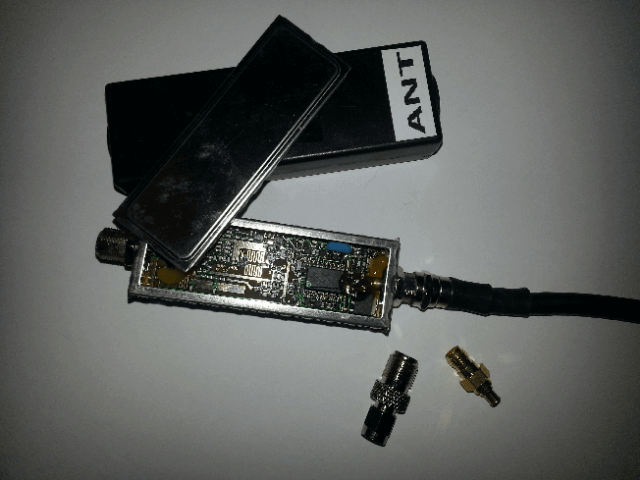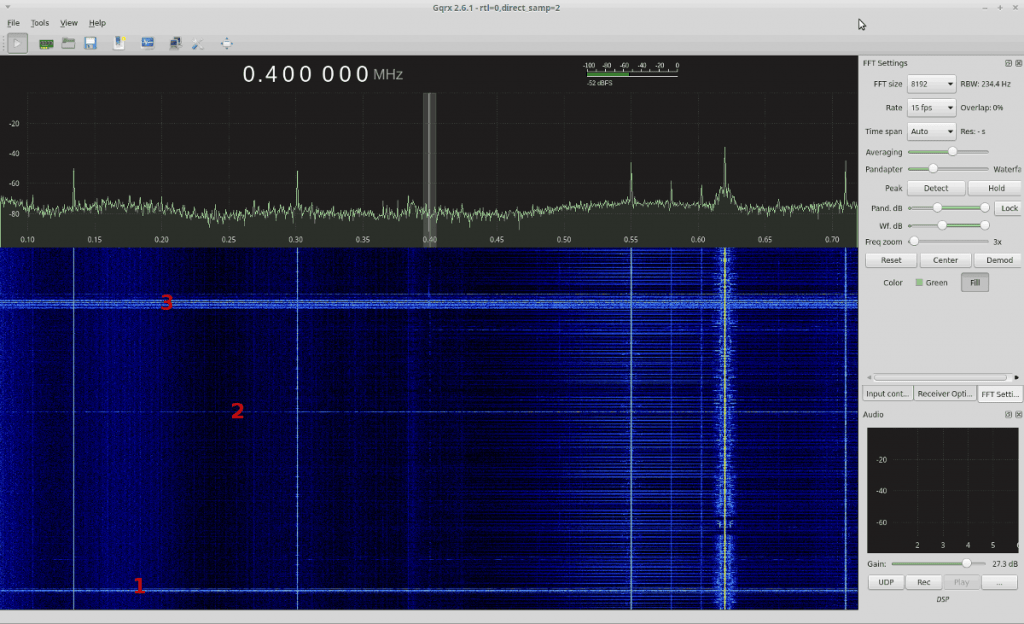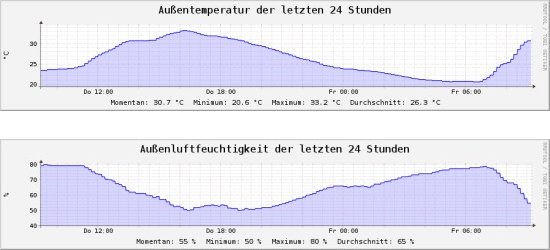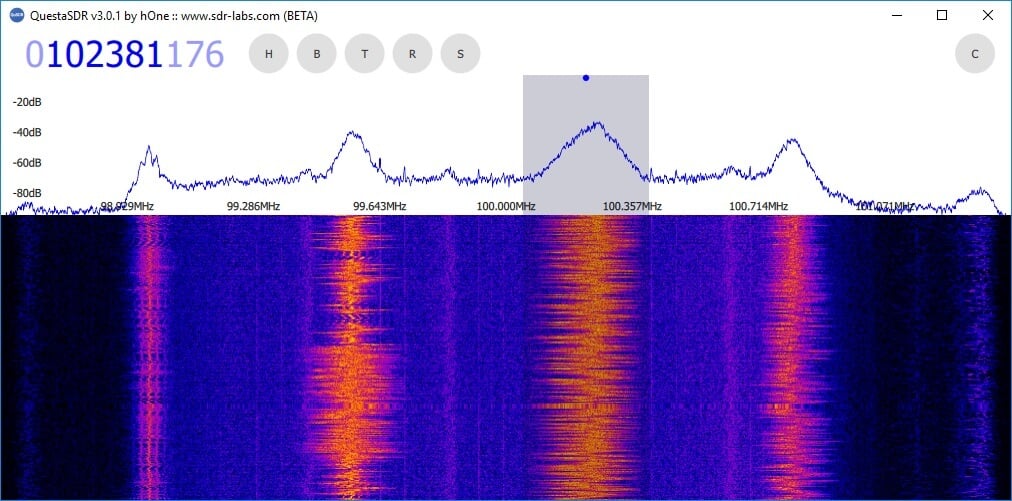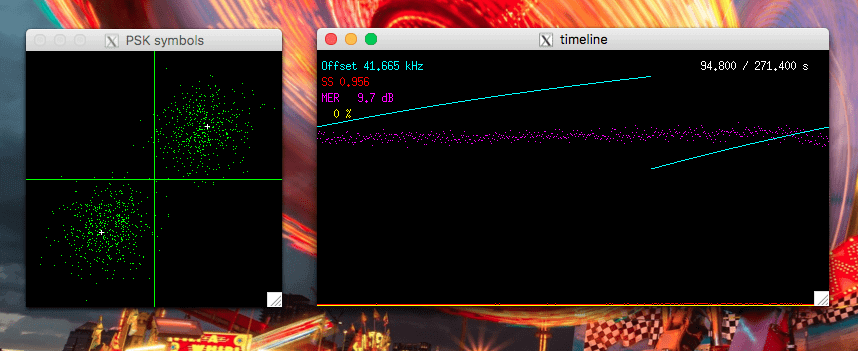Modded SUP-2400 Downconverters now Available at RXTXDX.com for $25
Last week we posted about KD0CQ’s interest check on his ready to go modded SUP-2400 downconverter. Interest was strong so the unit is now available for sale on a store he’s just set up at RXTXDX.com. The ready to go unit costs $25 USD including a 9V battery plug and F->SMA or MCX adapter.
Last year KD0CQ discovered that the SUP-2400 is a cheap $5 – $10 DirecTV (US satellite TV) module which can be hand modded into a downconverter for the RTL-SDR. A downconverter allows you to listen to frequencies above the maximum frequency range of the RTL-SDR by converting frequencies down into a range receivable by the RTL-SDR (or of course any other SDR). The modified SUP-2400 allows to you listen up to just over 4 GHz.
The SUP-2400 modification is moderately involved and requires soldering and desoldering SMD pieces, so this product is great for anyone who just wants a cheap and low cost downconverter which is ready to go. And at $25 USD it’s still very good value. Shipping within the USA is $7.75, and internationally it is about $13.50.
